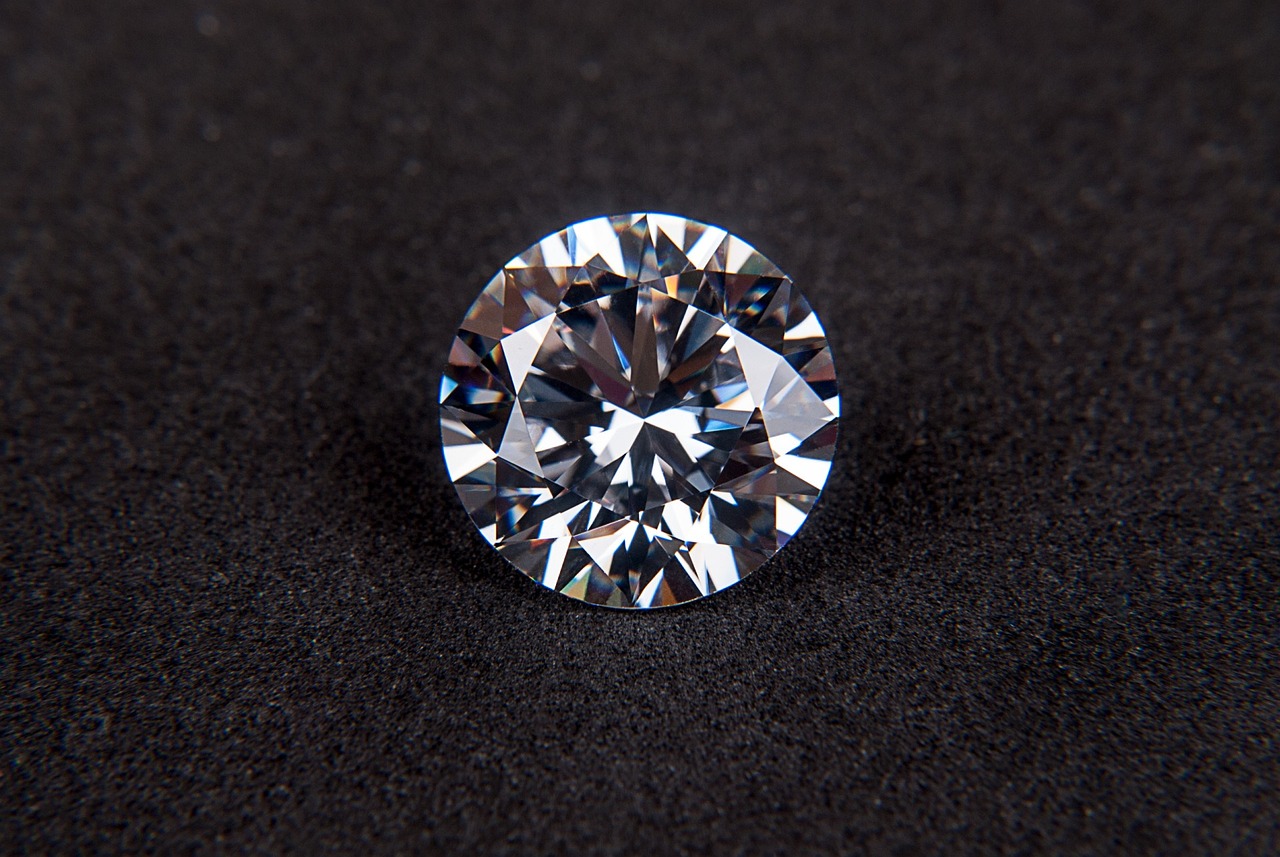Zirconia - How close a resemblance to real diamonds
Discovered long ago, only in recent times has it come to rival diamonds
5/11/2024

In the heart of the Brazilian rainforest, where the lush foliage sprawls endlessly, lies a hidden secret waiting to be unearthed. It was in this verdant paradise that a team of intrepid explorers stumbled upon a glittering treasure that would change the course of history – zirconia.
The discovery of zirconia wasn't met with the same fanfare and excitement as unearthing a cache of diamonds would have been. Instead, it was a quiet realization, a slow dawning of the potential lying within these humble stones. For centuries, zirconia had been regarded as nothing more than a cheap imitation of diamonds, used in costume jewelry and low-budget trinkets. But beneath its unassuming facade lay a beauty and brilliance that rivaled even the most precious of gemstones.
The journey of zirconia began long before its discovery in the Brazilian rainforest. The mineral itself had been known to mankind for centuries, albeit under different guises. Ancient civilizations prized zirconia for its striking resemblance to diamonds, often using it as a substitute in their jewelry and adornments. However, it wasn't until modern times that its true potential was realized.
The turning point came in the late 20th century when scientists and gemologists began to unlock the secrets of zirconia's crystalline structure. Through meticulous research and experimentation, they discovered that under the right conditions, zirconia could be synthesized to exhibit the same optical properties as diamonds – namely, its brilliance, clarity, and fire.
The breakthrough sparked a revolution in the world of gemstones. Suddenly, zirconia was no longer just an imitation – it was a viable alternative, offering all the beauty of a diamond at a fraction of the cost. Jewelers and consumers alike embraced this new wonder, and soon zirconia found its way into everything from engagement rings to high-end fashion accessories.
But with its newfound popularity came a word of caution. While zirconia may possess many of the same qualities as diamonds, it is not without its limitations. Unlike diamonds, which are formed deep within the Earth's mantle over millions of years, zirconia is a man-made creation, synthesized in laboratories under controlled conditions. While this allows for greater consistency in quality and color, it also means that zirconia lacks the same rarity and intrinsic value as natural diamonds.
Furthermore, while zirconia may dazzle the eye with its brilliance, it cannot match the durability and hardness of diamonds. Over time, zirconia may scratch and dull, losing some of its luster and sparkle. It is a delicate beauty, requiring care and attention to maintain its allure.
Yet despite these drawbacks, zirconia continues to captivate and inspire. Its affordability and accessibility have democratized the world of fine jewelry, allowing people from all walks of life to experience the joy of owning a truly exquisite gemstone. And while it may never fully replace the allure of a natural diamond, zirconia stands as a testament to human ingenuity and creativity – a shining example of the beauty that can be found in the most unexpected of places.






